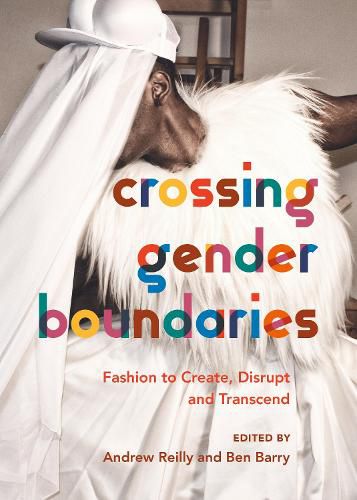Readings Newsletter
Become a Readings Member to make your shopping experience even easier.
Sign in or sign up for free!
You’re not far away from qualifying for FREE standard shipping within Australia
You’ve qualified for FREE standard shipping within Australia
The cart is loading…






This volume presents a collection of the most recent knowledge on the relationship between gender and fashion in historical and contemporary contexts. Through fourteen essays divided into three segments-how dress creates, disrupts, and transcends gender-the essays investigate gender issues through the lens of fashion. Crossing Gender Boundaries first examines how clothing has been, and continues to be, used to create and maintain the binary gender division that has come to permeate Western and westernized cultures. Next, it explores how dress can be used to contest and subvert binary gender expectations, before a final section that considers the meaning of gender and how dress can transcend it, focusing on unisex and genderless clothing.
The essays consider how fashion can both constrict and free gender expression, explore the ways dress and gender are products of one other, and illuminate the construction of gender through social norms. Readers will find that through analysis of the relationship between gender and fashion, they gain a better understanding of the world around them.
$9.00 standard shipping within Australia
FREE standard shipping within Australia for orders over $100.00
Express & International shipping calculated at checkout
This volume presents a collection of the most recent knowledge on the relationship between gender and fashion in historical and contemporary contexts. Through fourteen essays divided into three segments-how dress creates, disrupts, and transcends gender-the essays investigate gender issues through the lens of fashion. Crossing Gender Boundaries first examines how clothing has been, and continues to be, used to create and maintain the binary gender division that has come to permeate Western and westernized cultures. Next, it explores how dress can be used to contest and subvert binary gender expectations, before a final section that considers the meaning of gender and how dress can transcend it, focusing on unisex and genderless clothing.
The essays consider how fashion can both constrict and free gender expression, explore the ways dress and gender are products of one other, and illuminate the construction of gender through social norms. Readers will find that through analysis of the relationship between gender and fashion, they gain a better understanding of the world around them.